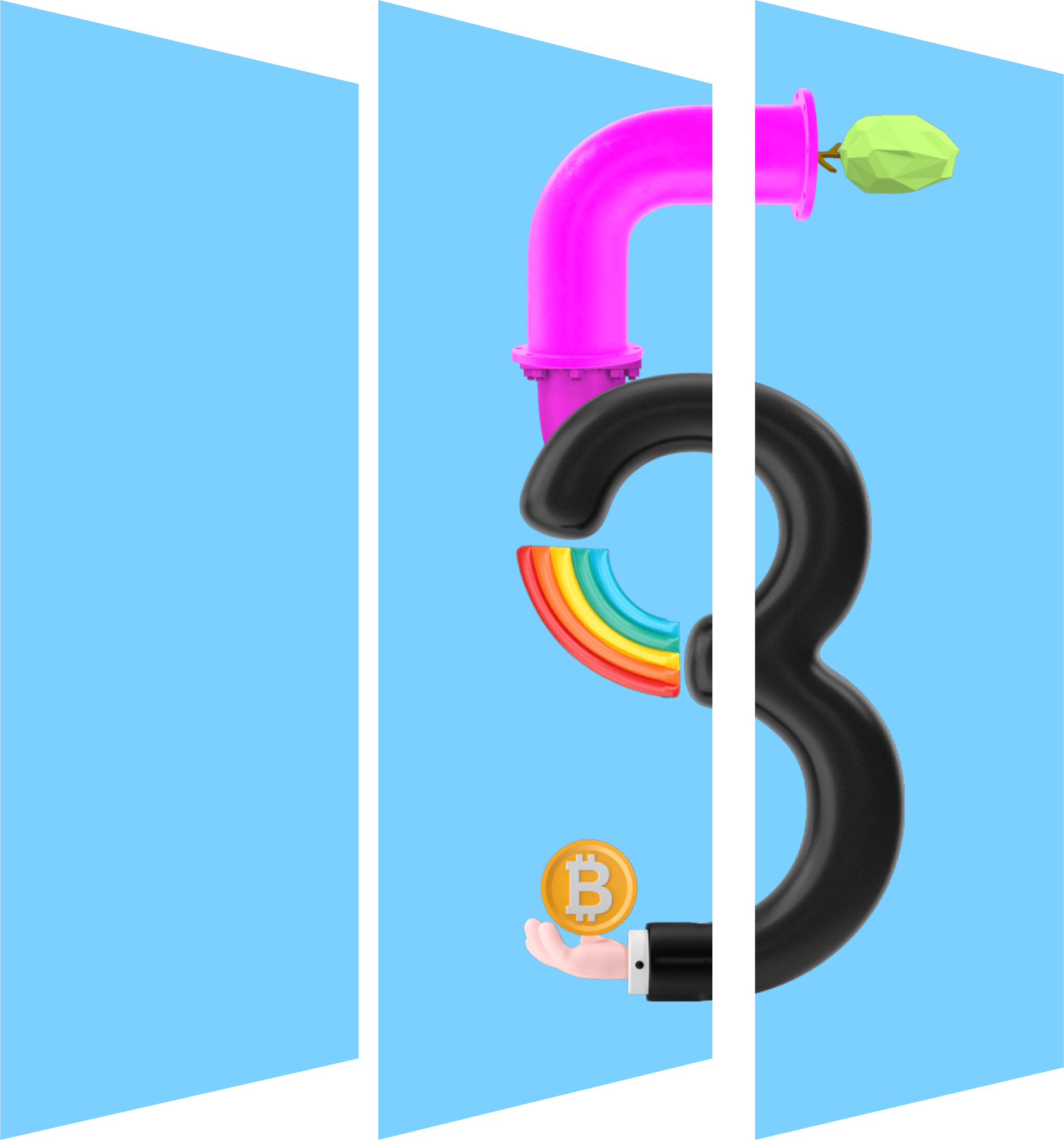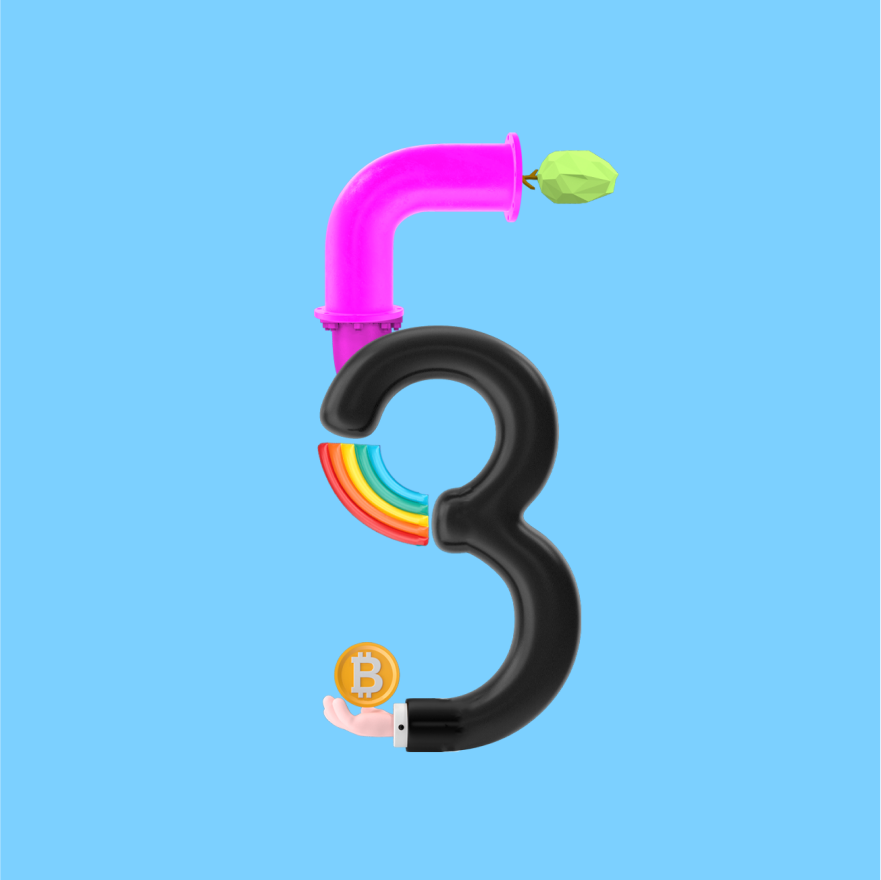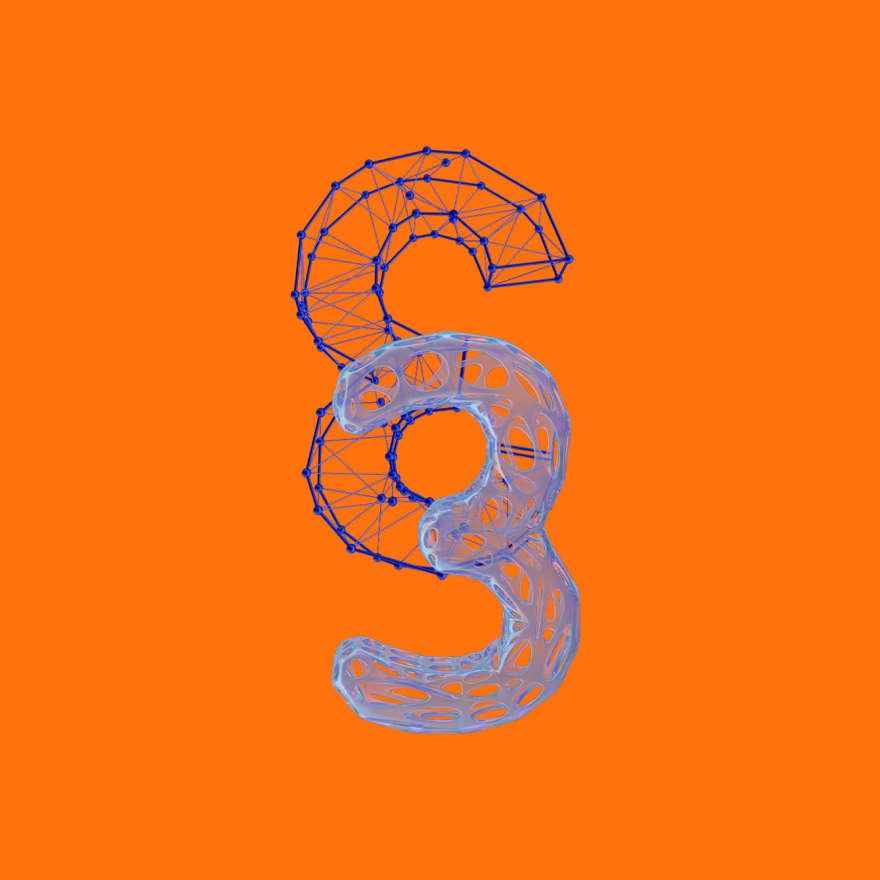
Who owns the intellectual property right embedded in the artwork of an NFT?
Select jurisdiction
Italy
As for every work of art, under Article 6 of the Italian Copyright Law the author of the artwork
embedded in an NFT is the owner of the copyright. If the NFT is a “collective work” then the
author is the person who organizes and directs the creation of that work (Art. 7) while if the work
has been created by the indistinguishable and inseparable contributions of two or more persons,
the copyright belongs to all the authors jointly (Art. 10).
The rights to the economic exploitation of the artwork embedded in an NFT created by an
employee or a contractor during the course of their employment or the performance of a contract
are not automatically owned by the employer or the customer (Copyright Law knows exceptions
only in respect of software, databases and industrial design works). If the contract with the
employee or the contractor provides otherwise, she, who has directly created the work, is still
entitled to moral rights, which are inalienable and non-transferable.
India
The intellectual property rights embedded in the artwork i.e. in the underlying asset of the NFT
are owned by the creator of that artwork, who is termed the ‘original creator’.
Such original creator of the underlying artwork will continue to own the intellectual property
rights in the artwork even after the NFT has been transferred. Neither the primary sale nor any
secondary sales of the NFT will amount to a transfer of the intellectual property rights, unless
specifically and explicitly agreed upon in writing by the parties.
Greece
In general, we have to distinguish the artwork from the actual NFT metadata file. As
far as the artwork is concerned, traditional copyright law is applied when the artwork
presents “originality” as interpreted by case law. Hence, according to greek copyright
law the intellectual property right belongs to the creator of the intellectual work
automatically from its creation without requiring formalities (such as registration in a
public register).
Especially, on works created by employees in execution of an employment contract,
the original beneficiary of the property and moral right is also the creator. However,
unless there is an agreement to the contrary, the employer is automatically transferred
only these powers for the property rights, which are necessary to fulfill the purpose of
the contract. Moreover, the creator can transfer his property right or/and draw up
contracts, by which he/she assigns to the counterparty the obligation to exercise
powers, deriving from the property right or he/she may allow someone else to
exercise powers deriving from his/her property right. So, concerning the intellectual
property right embedded in the artwork of an NFT belongs in the first place to the
creator, unless otherwise provided.
Denmark
The artist who has created the artwork, will own the intellectual property of copyright embedded
into the NFT. But the intellectual property rights can and will be different in practice from NFT
collection to NFT collection in relation to sales, licensing/leases and purchases, why the basis for
these should be found in the T&C of the collection.
France
Under French law, the principle is that copyrights (droits d’auteur) belong to the author
of the work. When it comes to NFTs, it is likely that only the person who created the
underlying work – and not the person who minted the NFT – can qualifies as an author.
There are a few exceptions to this principle: (i) rights on collective works are owned
by the natural or legal person who initiated, edited and published the works under their
name and (ii) the economic rights in software and its documentation created by one
or more employees in the execution of their duties or following the instructions given
by their employer shall be the property of the employer. There are also specific
provisions in relation to ownership of rights on audio-visual or advertising works.
French law further presumes as author the person under which name a work is
published.
Economic rights may also be assigned or licensed by the author to another person or
company.
Hence, various persons may own the intellectual property rights embedded in the
artwork of an NFT, depending on the conditions of its creation and whether such rights
have been assigned or licensed by the original author or owner of the rights.
Turkey
The Law on Intellectual and Artistic Works numbered 5846 (“Law”), which is the law that
regulates intellectual property rights in Turkish law, defines the owner of the work as the
person who created the work. The work, on the other hand, is defined as any kind of
intellectual and artistic product that has the characteristics of its owner and is counted as
science and literature, music, fine arts, or cinema works, in accordance with the Law. The
owner of the work has some financial and moral rights on the work arising from the creation
of the work. While it is possible to transfer financial rights with a written contract that
separately shows which rights are transferred, in the case of moral rights, the authority to use
the moral rights might be transferred. Intellectual property rights on the work embedded in
NFTs are no exception to this, and the intellectual property rights of the person who created
the work will continue to exist in the same way. Acceptance of the contrary requires the
existence of a written agreement regarding the transfer of rights between the owner of the
NFT and the owner of the work.
Brazil
It is necessary to distinguish moral rights from property rights. The creator of the work is the owner of the intellectual property of the NFT art and has moral rights that are inalienable, according to the current Brazilian legal regime. But through a contract, you can transfer property rights. In the case of an NFT artwork, the token creator may be the holder himself or have acquired this right from a third party.
Canada
In Canada, the artist or author who creates an artwork is usually the owner of the intellectual
property on such work.
However, in certain situations, the owner of the intellectual property rights on a work may be
someone else. For example, it could be the employer of the artist, when the work is created
during an employment relationship. In this case, since the artist does not own the intellectual
property rights, they may not be allowed to mint NFTs with the artwork, or do such other acts
reserved to the intellectual property owner. Consulting the employment contract may be helpful
to find out.








